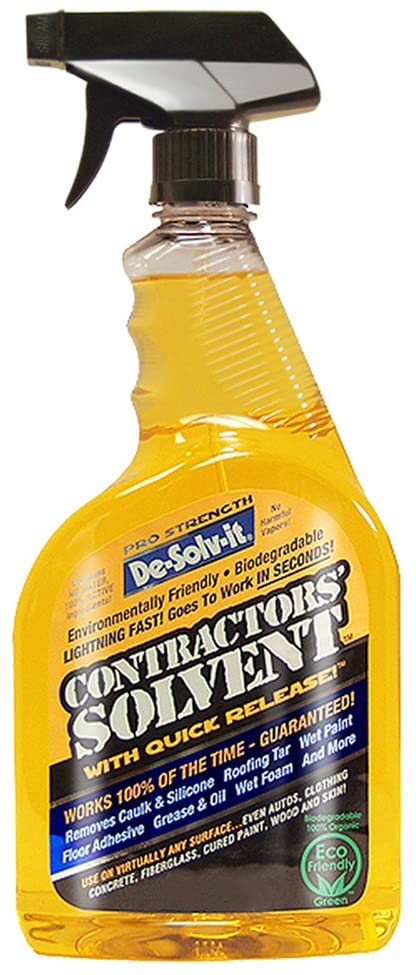Cleaning and Maintaining Your Anodized Aluminum Finish
As with any finished building material, aluminum requires reasonable care prior to and during installation and periodic cleaning and maintenance after installation. Although anodized aluminum is exceptionally resistant to corrosion, discoloration and wear, its natural beauty can be marred by harsh chemicals, abuse or neglect.
Such conditions usually affect only the surface finish but do not reduce the service life of the aluminum. All exterior surfaces collect varying amounts of soil and dirt, depending on geographic area, environmental conditions, finish and location on the building. These factors and the owner’s attitude regarding surface appearance determine the type and frequency of cleaning required. The aluminum cleaning schedule should be integrated with other cleaning schedules for efficiency and economy. For example, both the glass and the aluminum curtain wall can be cleaned at the same time.
Cleaning may be required more often in one geographic area than another when appearance is of prime importance. More frequent cleaning will be required in heavy industrialized areas than in rural areas. Seasonal rainfall can affect washing frequency by removing water-soluble deposits and less adherent soil. In foggy coastal regions, frequent cycles of condensation and drying can create a heavy buildup of atmospheric salts and dirt, which may adhere tenaciously. In climates where the rainfall is low, the opportunity for atmospheric washing of the surface is minimal. Los Angeles, for example, with its unique combination of limited rainfall, temperature fluctuation, smog and condensation, requires that aluminum be cleaned more frequently than in other metropolitan areas with more frequent rainfall.
In both wet and dry climates, recessed and sheltered areas usually become more heavily soiled because of the lack of rain-washing. More frequent and longer periods of condensation also occur in protected areas, increasing the adhesion of the soil. This is particularly true of soffit areas on overhangs, bottoms of facia panels, sheltered column covers and the like. Periodic maintenance inhibits long-term accumulation of soil, which, under certain conditions, can accelerate weathering of the finish.
Cleaning Linetec Anodized Material
Cleaning procedures for aluminum should be initiated as soon as practical after completion of installation to remove construction soils and accumulated environmental soils and discolorations.
Selecting a Cleaning Solution
Much like painted surfaces, an anodized finish should be cleaned using mild soap solutions to retain its original beauty. Products that are safe for use with bare hands including most commercial cleaning products can be safely used. The cleaning solution should be applied with a soft cloth, sponge or brush. Avoid the use of strong acid or alkali cleaners.
Cleaning work should start at the top of the building and proceed to the ground level in a continuous drop. Using a forceful water spray, an area the width of the stage or scaffolding should be rinsed as cleaning proceeds from the top down.
Because surface soils may be light or heavy, several progressively stronger cleaning procedures may be employed depending of the severity and tenacity of the soil. Only trial and simplest procedure to remove the soil is the one that should be used.
Light Soil Removal
For light soils, the simplest procedure is to flush the surface with water using moderate pressure. If soil is still present after air-drying the surface, scrubbing with a brush or sponge and concurrent spraying with water should be tried. If soils still adhere, than a mild detergent cleaner should be used with brushing or sponging. Washing should be done with uniform pressure, first horizontally then vertically. Following the washing the surfaces must be thoroughly rinsed by spraying with clean water.
If it is necessary to remove oil, wax, polish, or other similar materials, MEK or an equivalent solvent is recommended for clean-up. Extreme care must be exercised when solvents of this type are used since they may damage organic sealants, gaskets and finishes. These solvents should never be used on anodic finishes protected by clear organic coatings unless the organic coating has deteriorated and should be removed.
Heavy Soil Removal
Removing heavy surface soils may require the use of an abrasive cleaning pad. In this procedure the pad is thoroughly soaked with clean water or a mild detergent cleaner and the metal surface is hand scrubbed with uniform pressure. Scrubbing action should be in the direction of the metal grain. Scrubbing with a nylon-cleaning pad impregnated with a surface protectant material is also recommended for removing stubborn soils and stains. After scrubbing, the surface should be rinsed thoroughly with clean water to remove all residues.
In some circumstances it may be desirable to wipe the surface with a solvent. The surface is then permitted to air dry or is wiped dry with a chamois, squeegee or lint-free cloth.

